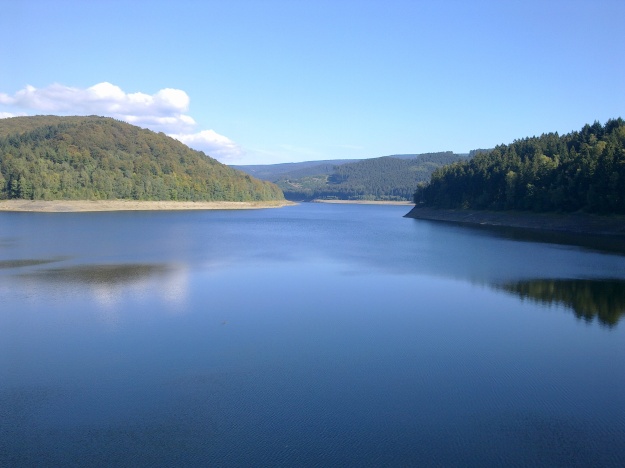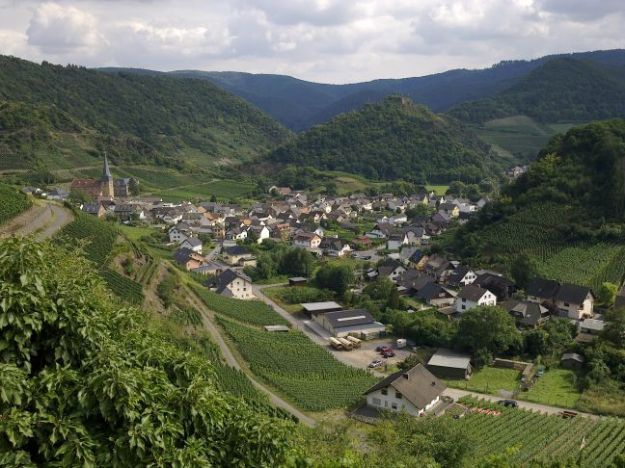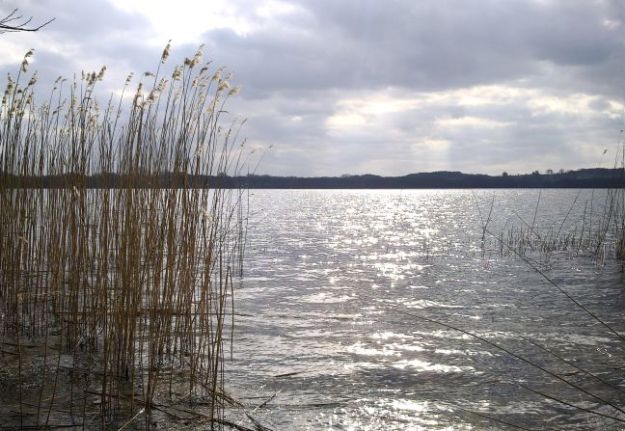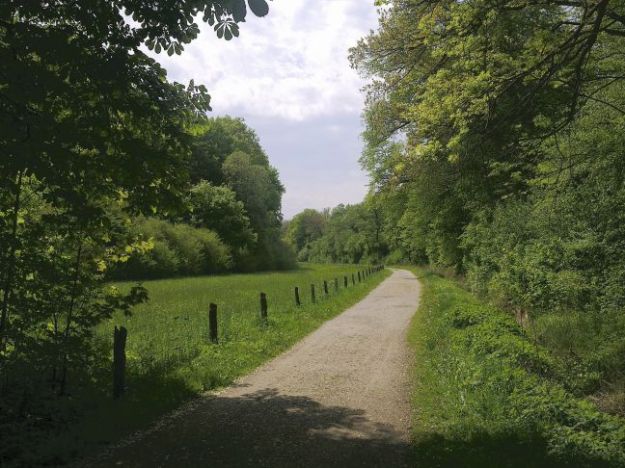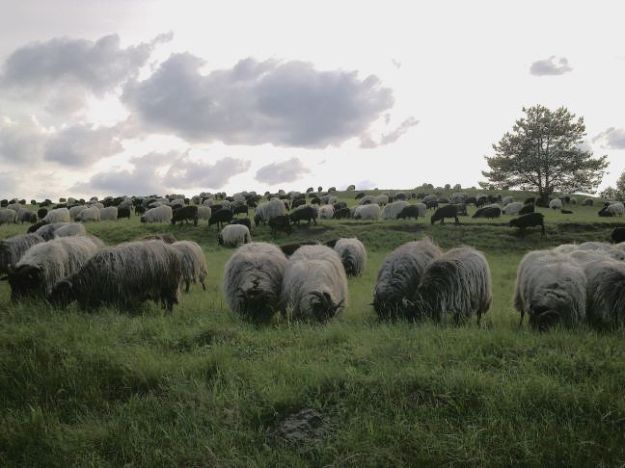When people think of Germany and the mountains, they usually think of the Alps, way down in the South, near the borders to Switzerland and Austria. There is, however, quite a passable lower mountain range much more in the middle of the country, expanding between the Southern part of Lower Saxony, the Western part of Saxony-Anhalt and Thuringia, called the Harz. Its highest peak, the Brocken, reaches up to 1141 meters, or 3744 feet, and it is quite possible to go hiking here from spring to autumn, and skiing in the winter, even if it is not comparable to Alpine experiences.
Vegetation mostly consists of coniferous trees, with many regions lying above 500 meters. Mining once was an important source of income, as was and is forestry, but today more than in earlier times it is tourism, including walking and winter-sports. Many of the towns, with their houses with wooden or slate exteriors, expel a slightly musty odour, as do the cafés and restaurants, including their interior and sometimes the food they serve. But those not looking for nightlife, but rather for solitary nature experiences, will find their joy on the many extensive walking trails, among them the Harzer Hexenstieg, partly leading along old water ducts, and on the European long distance path E6.
The large water reservoirs in the Harz, around twenty in all, are used for drinking water as well as for hydro-electricity. They are of very different sizes, but offer some splendid views to the passing traveller, be it by car, by motor-bike or on foot. For a trip for the weekend, the Harz is always a region worth its while.
